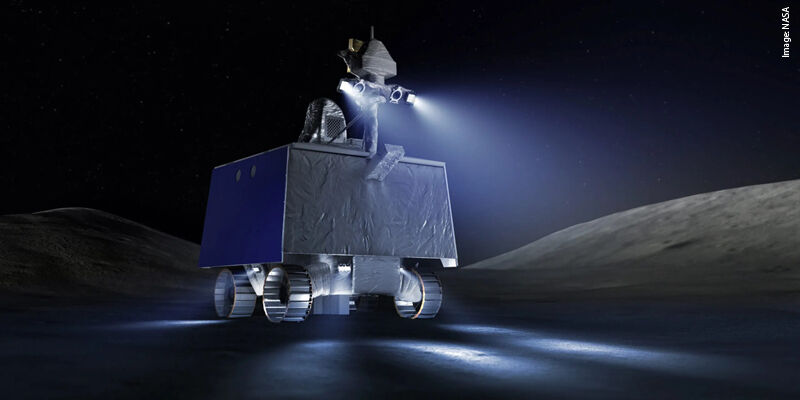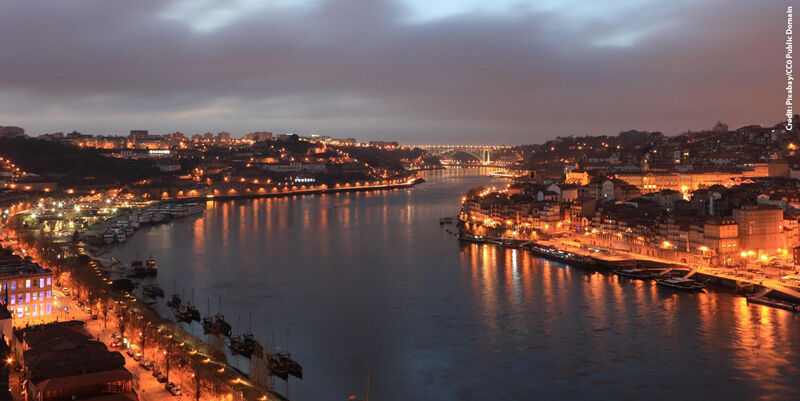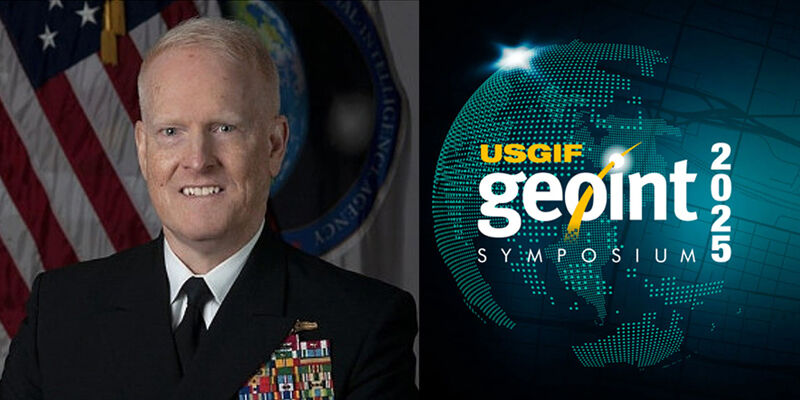Day 2 and 3 of the INTERCARTO 12 conference expanded to include not only earth mapping, but also the development of topographic and cartographic mapping of planets. The mapping of the rings of Venus and the panet Mars were included.
Henri Hargital of Etvs Lornd University, Hungary delivered a presentation entitled ' Planetary maps for education: Multi-lingual maps of Terrestrial Planets and their moons. Through the group from the Cosmic Materials Space Research Group at the univeristy, a completed series (2001 to 2006) is now available. They are in multi-lingual format and display relief and geology as well. Marita Whlisch of the German Aerospace Center presented the images and maps of Saturn. Her presentation 'Mapping of the icy Saturnian satellites' resulted from the CASSINI-ISS mission recently. The satellite has been touring the Saturn system since 2004 where the so named icy satellites Mimas, Enceadus, Tethys, Dione, Rhea, Iapetus and Phoebe are being imaged at a resolution better than 1 km/pixel. Several mosaics are now available and were captured from altitudes as close as 170 km. The Cassini Imaging Science Subsystem (ISS) consists of two framing cameras. The narrow angle camera is a reflecting telescope with a focal length of 2000mm and a field of view of 0.35 degrees. It should be kept in mind that these images are collected once as flybys.Angela Czerwinski from the Institute of Cartography and Geoinformation, University of Bonn spoke about 'Interoperability and accuracy requirements for EU environmental noise mapping'. Using the new CityGML (www.citygml.org) 3D city information model, she highlighted the relationships of data inter-connectivity and how they were being used to meet the new EU directive requiring member states to map environmental noise. Environmental monitoring is rapidly growing in Europe and this was evident in other papers at INTERCARTO 12 that discussed noise, watersheds and air pollution. One might expect that sensor monitor research will also be growing as a result.What I found interesting was the CityGML working models being used were based on both centralised and decentralised data processing - something referred to as 'mixed' strategies that then interacted with the Spatial Data Infrastructure (SDI) of the region. It was noted that high levels of homogenisation of data are required for models of this extent to enable them to perform. Again, technical interoperability is much easier than consistent modeling and acquiring the necessary data. The issue of cross border mapping is not something one thinks about too often, particularly in places where borders do not exist between countries such as islands and large countries. However, within Europe, many borders exist and therefore many mapping systems. Indeed, the harmonisation of mapping across borders is one of the goals of the INSPIRE project. Sabine Witchas delivered her presentation ' Cross Borders "Mapping European Mining Regions" on this topic. There are significant problems due to these differences, she says. The language barriers play into these differences, and it is there where we begin to see the impacts of translation of documents, maps and semantics. The pronunciation of mapping terms is also factor that leads to miscommunication. Beyond these difficulties, the mapping of mines is a dynamic process. This means maps change rapidly and their use for developing cross border policies changes, for example, watersheds policies. There exists a high need for multi-lingual mapping for mining due to the fast paced nature of the activity. Miners also describe the landscape by 'face', as compared to geology and or coordinates. Michael Strecker of Germany spoke about multi-modal interaction for green spaces. He pointed out the need to deliver maps and materials in various formats, thereby increasing the level of access to environments. He also mentioned the issue of watershed mapping and how this has not fully impacted German consciousness, in his opinion. He pointed to the Elbe River floods as an example of this and why it occurred, causing so much damage. The assumption being, that a higher priority on watershed thinking would have resulted in less damage possibly. At the same time, Stefan Gottwald from PSI in Berlin outlined and demoed a river monitoring system that informs the public and government officials by fax, SMS and other modes of communicaiton as certain 'trigger' points related to water levels occur throughout Germany. Overall, there was an appreciation of the varied nature that people need and utilise spatial information within. There are no standard methods, they vary from language to technology. Yet - there is a pronounced effort to produce multi-lingual solutions and a focus on local management issues. From the traffic of MOscow to the rivers of Germany to the noise patterns in Switzerland, where people live and how their environments relate to them is a large area of study in Europe and Russia. Their needs for cartographic products are multi-dimensional, multi-modal and there is a strong recognition that 'the map is the language' - helping to communicate.
Author: Jeff Thurston
Bio.: Editor
Subscribe to our newsletter
Stay updated on the latest technology, innovation product arrivals and exciting offers to your inbox.
Newsletter

